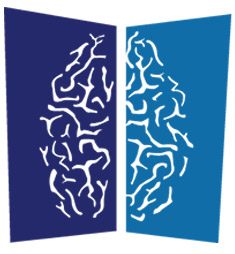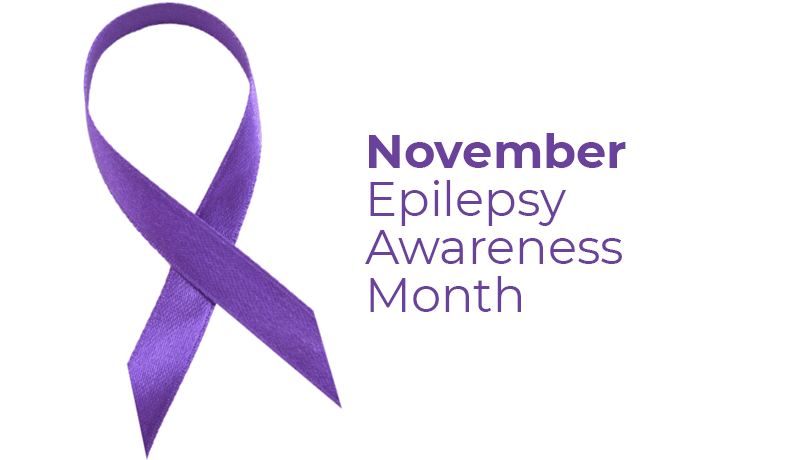Epilepsy used to be stigmatized to a shocking degree. Not so, anymore. The moral and medical support regarding epilepsy is strong. Today, doctors, nurses and other medical professionals who deal with epilepsy are specially trained and up-to-date in their field.
But there’s another frontier to conquer, and it’s one that people don’t talk about: Sudden Unexpected Death in Epilepsy (SUDEP).
However, there’s a growing movement to change that.
What Exactly Is SUDEP?
SUDEP is defined as an unexpected death—not due to known causes such as trauma or drowning—in someone with epilepsy. Widely accepted criteria are now used to characterize SUDEP. These include:
- The patient had epilepsy, defined as recurrent, unprovoked seizures at the time of death
- Death occurred from no obvious medical cause, despite the patient being in a reasonable state of health
- Death was sudden (i.e., within minutes)
- Death occurred in normal and benign conditions
- An autopsy could not determine an obvious medical cause of death
- There may or may not be evidence of a seizure, but status epilepticus (acute, prolonged epileptic crisis) must not have occurred.
What Are the Stats?
While most people with epilepsy live long lives and do not experience SUDEP, the incidence of occurrence is still a reality and an important one to be aware of.
Here are a few startling statistics to consider:
- Neurologists contend that SUDEP is second only to stroke as a neurological cause to a shortened lifespan
- There are currently three million Americans with epilepsy
- It is estimated that SUDEP is the cause of death for about 2,600 annually in the U.S. (Some experts believe this number may actually be higher but that SUDEP may be attributed to other causes, such as heart attack)
- For those with seizures poorly controlled by medications, the number of SUDEP fatalities is one in 150
- Risk for SUDEP is higher in persons with generalized seizures (tonic, clonic or “grand mal” seizures) than those with partial seizures
- Of the 50 million people worldwide who have epilepsy, the numbers on SUDEP may be under-reported, making estimates difficult to find
The Best Approach: Realism Combined With Research
Despite the fact SUDEP is rare, it is imperative to acknowledge and discuss it in order to help those with epilepsy and their caregivers be informed about treatment, lifestyle and potential reduction of SUDEP risk.
New SUDEP research initiatives are promising. In 2014, the National Institutes of Health (NIH), in an effort funded by the National Institute of Neurological Disorders and Stroke (NINDS), selected a group of scientists to work together on increasing the understanding of SUDEP, the leading cause of death from epilepsy. The consortium, known as a Center Without Walls, is part of an initiative to speed the pace of research on the difficult problems of epilepsy by promoting collaborative research.
In August 2016, Baylor College of Medicine, which is part of the Center Without Walls, publicized research findings. Their researchers hypothesized a cause of SUDEP. Looking for a genetic clue, Baylor reported how a mutation in a gene involved in the regulation of calcium inside brain cells can help trigger blackouts of the brainstem, the center that controls heartbeat and breathing. This can thus increase the risk of sudden unexpected death. (Both cardiac and pulmonary problems are postulated as probable causes of SUDEP.)
SUDEP is particularly relevant in the pediatric population. According to UpToDate®, an evidence-based, physician-authored clinical decision support resource, while SUDEP causes between two to 18 percent of all epilepsy deaths, this rate may be higher in children. According to Citizens United for Research in Epilepsy (CURE), SUDEP accounts for some 30 percent of all sudden deaths among children.
The Epilepsy Foundation’s campaign “Aim for Zero” focuses on the four most prevalent factors that increase risk for SUDEP. These factors are:
- Taking medications as prescribed
- Getting enough sleep
- Limiting alcohol intake
- Striving to stop seizures
If despite following these recommendations, seizure control is not achieved, surgery for epilepsy should be considered.
At Advanced Neurosurgery Associates (ANA), we are vastly experienced in this area. In fact, Dr. Arno Fried has performed over 500 successful epilepsy surgeries. At ANA, we welcome any inquiries regarding adult or pediatric epilepsy, or other neurosurgery conditions.

ANA is a team of expert neurosurgeons and medical professionals, who combine their decades of knowledge to provide information, events, and articles on a range of neurological conditions.



